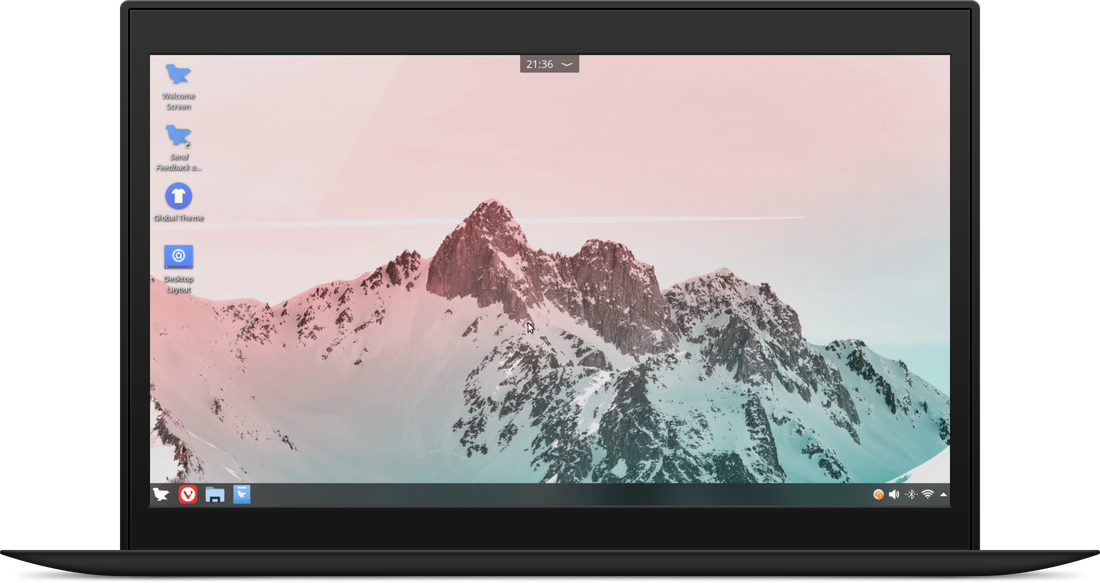- Review Feren Os Made For Today's And Tomorrow's Generation 7
- Review Feren Os Made For Today's And Tomorrow's Generation Time
- Review Feren Os Made For Today's And Tomorrow's Generation Season
- Reviewferen Os Made For Today's And Tomorrow's Generation 10
Every generation of teens is shaped by the social, political, and economic events of the day. Today’s teenagers are no different—and they’re the first generation whose lives are saturated by mobile technology and social media.
In her new book, psychologist Jean Twenge uses large-scale surveys to draw a detailed portrait of ten qualities that make today’s teens unique and the cultural forces shaping them. Her findings are by turn alarming, informative, surprising, and insightful, making the book—iGen:Why Today’s Super-Connected Kids Are Growing Up Less Rebellious, More Tolerant, Less Happy—and Completely Unprepared for Adulthood—and What That Means for the Rest of Us—an important read for anyone interested in teens’ lives.
Who are the iGens?
If you need to make a presentation or infographic on Millennials, Gen Y, Gen X, and Baby Boomers then this generations PowerPoint template can be helpful. Generations comparison template for PowerPoint contains creative slide designs that you can use to prepare presentations with generation charts and diagrams. Today’s teenagers are no different—and they’re the first generation whose lives are saturated by mobile technology and social media. In her new book, psychologist Jean Twenge uses large-scale surveys to draw a detailed portrait of ten qualities that make today’s teens unique and the cultural forces shaping them.
- Related Questions & Answers
- Selected Reading
Review Feren Os Made For Today's And Tomorrow's Generation 7
Operating Systems have evolved over the years. So, their evolution through the years can be mapped using generations of operating systems. There are four generations of operating systems. These can be described as follows −
The First Generation ( 1945 - 1955 ): Vacuum Tubes and Plugboards

Digital computers were not constructed until the second world war. Calculating engines with mechanical relays were built at that time. However, the mechanical relays were very slow and were later replaced with vacuum tubes. These machines were enormous but were still very slow.
These early computers were designed, built and maintained by a single group of people. Programming languages were unknown and there were no operating systems so all the programming was done in machine language. All the problems were simple numerical calculations.
By the 1950’s punch cards were introduced and this improved the computer system. Instead of using plugboards, programs were written on cards and read into the system.
The Second Generation ( 1955 - 1965 ): Transistors and Batch Systems
Transistors led to the development of the computer systems that could be manufactured and sold to paying customers. These machines were known as mainframes and were locked in air-conditioned computer rooms with staff to operate them.
Review Feren Os Made For Today's And Tomorrow's Generation Time
The Batch System was introduced to reduce the wasted time in the computer. A tray full of jobs was collected in the input room and read into the magnetic tape. After that, the tape was rewound and mounted on a tape drive. Then the batch operating system was loaded in which read the first job from the tape and ran it. The output was written on the second tape. After the whole batch was done, the input and output tapes were removed and the output tape was printed.
The Third Generation ( 1965 - 1980 ): Integrated Circuits and Multiprogramming
Until the 1960’s, there were two types of computer systems i.e the scientific and the commercial computers. These were combined by IBM in the System/360. This used integrated circuits and provided a major price and performance advantage over the second generation systems.
The third generation operating systems also introduced multiprogramming. This meant that the processor was not idle while a job was completing its I/O operation. Another job was scheduled on the processor so that its time would not be wasted.
The Fourth Generation ( 1980 - Present ): Personal Computers
Personal Computers were easy to create with the development of large-scale integrated circuits. These were chips containing thousands of transistors on a square centimeter of silicon. Because of these, microcomputers were much cheaper than minicomputers and that made it possible for a single individual to own one of them.

Review Feren Os Made For Today's And Tomorrow's Generation Season

Reviewferen Os Made For Today's And Tomorrow's Generation 10
The advent of personal computers also led to the growth of networks. This created network operating systems and distributed operating systems. The users were aware of a network while using a network operating system and could log in to remote machines and copy files from one machine to another.
